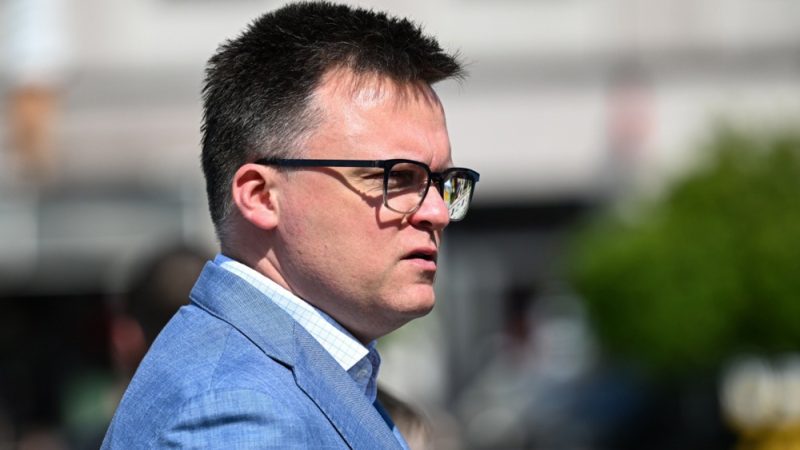Papal Passing Shakes Polish Political Landscape: Candidate's Funeral Misstep Sparks Controversy

Polish political centrist Szymon Hołownia found himself at the center of controversy after a candid moment captured during an official visit to Vatican City sparked widespread criticism. While walking through the iconic St. Peter's Square alongside other Polish officials, Hołownia was photographed casually using his mobile phone to take pictures, a seemingly innocuous act that quickly went viral on social media.
The images, which rapidly spread across digital platforms, drew sharp rebuke from critics who viewed his behavior as unprofessional and disrespectful, especially given the sacred and historic significance of the location. The incident has reignited discussions about diplomatic etiquette and the appropriate conduct of public figures during official international visits.
Hołownia, known for his centrist political stance and media background, has yet to publicly comment on the growing controversy surrounding the viral photographs. The incident serves as a reminder of how quickly a single moment can escalate into a significant public relations challenge in the age of instant digital communication.
